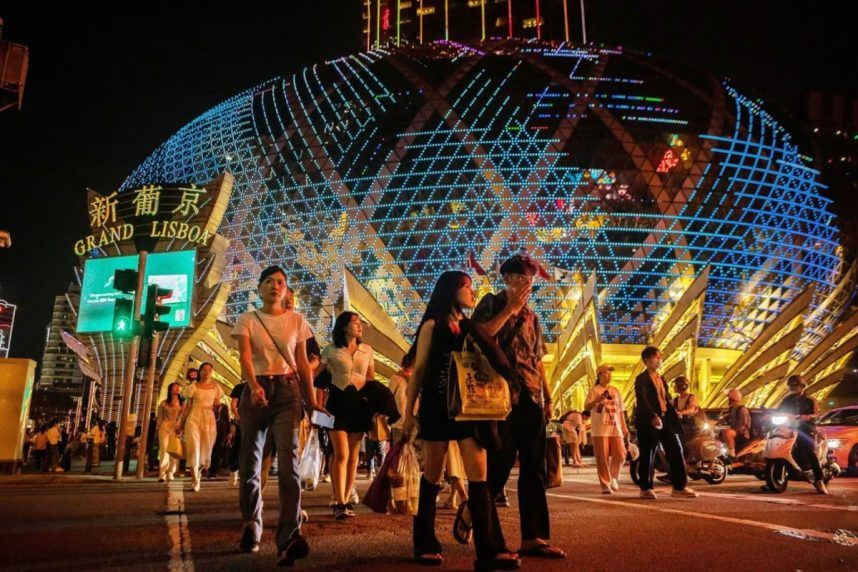
In the lively and stimulating world of casinos, wherein fortune and tactics intertwine, hues and aesthetic play a pivotal role in drawing in gamblers. As soon as visitors step inside a casino or access a gaming platform, they are enveloped in a visual feast that grabs their attention and entices them to explore more. Bright colors, engaging graphics, and innovative layouts are meticulously crafted to create an environment of excitement and anticipation, ultimately enhancing the gaming experience.
While gamblers move through the dynamic landscape of casino games, they encounter a variety of designs that not only serve visual purposes but also influence feelings and choices. Hues like scarlet and yellow symbolize riches and fortune, while soothing blues and greens can create a much tranquil environment. Grasping how these elements function together enables casinos to create an inviting and stimulating atmosphere that encourages players to engage with the games, invest more time at the tables, and increase their overall enjoyment.
The Science of Color in Casino Games
Color plays a critical role in the development of gambling games, affecting players’ emotional states and actions. Vivid and vibrant shades, such as red and yellow, are often used to incite enthusiasm and draw attention. These colors create a sense urgency and energy, encouraging participants to participate more enthusiastically with the game. By thoughtfully selecting hues, developers aim to elicit emotions of joy and anticipation, which can enhance the overall player experience.
Distinct colors also have psychological connotations that can influence how participants perceive their possibilities of victory. For case, lime is commonly associated with fortune and wealth, making it a frequent choice in games like the roulette wheel and poker tables. This association can result gamblers to feel more optimistic and confident in their gameplay, ultimately encouraging them to wager more. Comprehending these links allows game creators to create environments that enhance player enjoyment and engagement.
Furthermore, the layout of casino game interfaces often uses gradients and contrasting hues to direct players’ responses. For case, successful results may be accentuated with bright, opposing shades, creating a visual cue. This technique reinforces positive outcomes and promotes repeated engagement. By utilizing color psychology, gaming venues can design games that not only draw gamblers but also maintain them involved and committed in their gaming experience.
Creative Elements that Attract Gamers
The visual appeal of casino games is largely influenced by the use of vibrant colors. Bright and contrasting colors are deliberately chosen to create an appealing atmosphere that captures interest. For example, reds and golden hues often signify luck and prosperity, which is why they are prevalent in the color schemes of gaming machines and table surfaces. These colors not only attract players in, but they also evoke emotions associated with thrill and anticipation, enhancing the total gaming experience.
In parallel to color, the aesthetic and organization of casino games play a significant role in player attraction. Games are designed to be user-friendly, ensuring that players can quickly understand the rules and mechanics. User-friendly interfaces, along with engaging graphics and animations, help maintain player interest and encourage extended play sessions. The tactile elements, such as the texture of the controls and the audio of the games, also add to a comprehensive sensory experience that keeps players immersed.
In conclusion, conceptual elements in game design can significantly influence gaming decisions. Many casino games are inspired by popular culture, fairy tales, or exploration motifs, incorporating symbols and characters that resonate with players. These themes create a sense of immersion and relatability, making each game feel distinct. When players feel a connection to the concept, they are more likely to opt for that game over others, leading to increased participation and excitement within the casino environment.
Case Studies: Notable Casino Game Designs
One key example of effective gambling game design is the well-known slot machine series themed around hit movies. Games such as those based on the Wizard of Oz and Game of thrones utilize vibrant colors and superior graphics to enthrall players in recognizable narratives. The use of dynamic visuals and engaging sound effects takes the attention of players, establishing an affective connection to the theme. This strategy merely promotes longer play but also enhances the overall gaming experience, resulting in increased player retention. migliori casino non AAMS
Another effective case is the use of color in table games like blackjack and the wheel. Casinos often create these games with rich reds and greens, colors traditionally connected with luck and wealth. For instance, the emerald felt on a blackjack table provides a relaxing effect, while the red accents in the wheel invite thrill. This intentional use of color helps to create an inviting atmosphere that motivates players to join in, satisfying their psychological impulses and increasing their enjoyment.
Finally, online casino games that incorporate social features and bright, dynamic designs have seen remarkable success in engaging players. Games like Zynga’s Poker and Slot-O-Mania leverage bright colors and playful animations to forge an inviting online environment. The inclusion of leaderboards, community sharing options, and in-game rewards fosters competition and community, drawing players in for longer sessions. Such designs merely make the games visually attractive but also underscore social connectivity, a key factor in player retention and engagement within digital casino environments.
